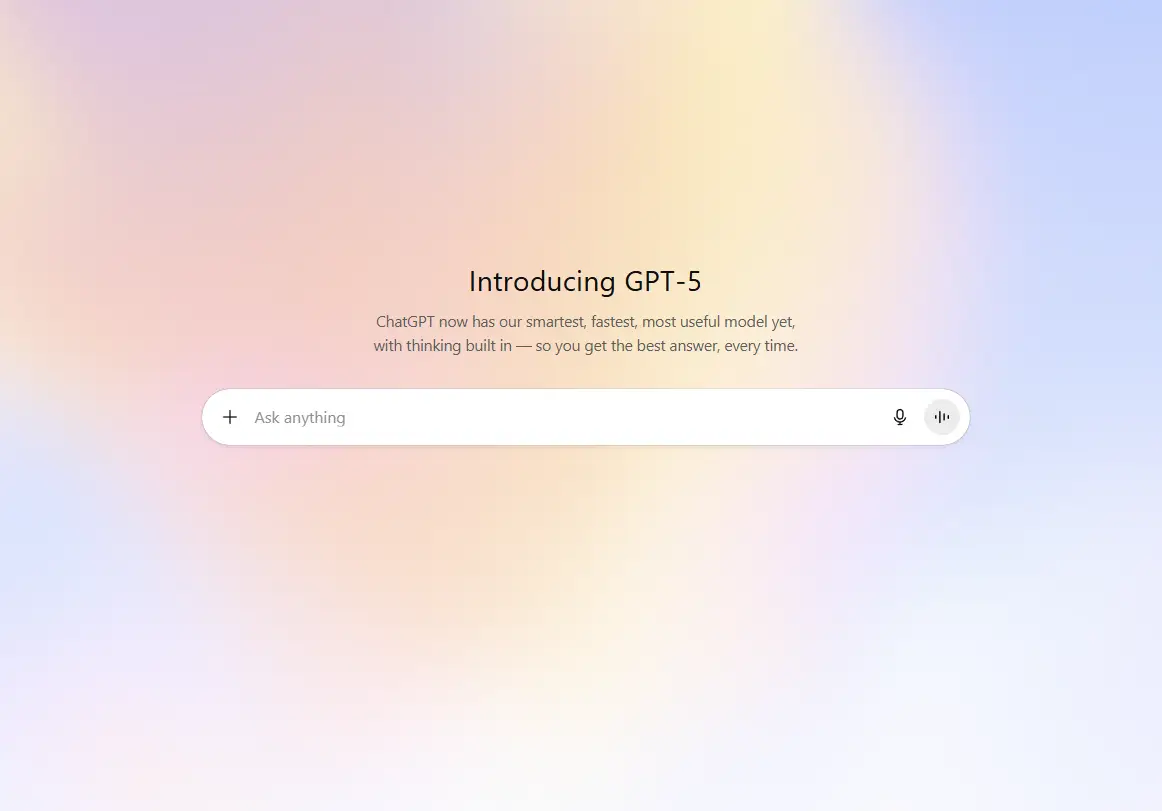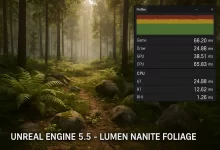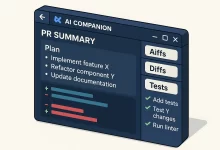I opened ChatGPT 5 this morning to clear a gnarly to-do list—rewrite a press note, troubleshoot a flaky Python script, and summarize a 40-page PDF. Twenty minutes later, I’d checked off all three. The big shift isn’t a shiny logo; it’s how the model behaves under pressure: steadier reasoning, fewer detours, and answers that land closer to “useful draft” than “rough hint.”
Faster first draft, smarter second pass
With ChatGPT 5, the first response shows up quickly, then tightens when you nudge it. I asked for a 120-word media pitch and added: “trim clichés, add one concrete stat.” The follow-up edit wasn’t just shorter; it read like a human who had actually shipped pitches before. That’s the everyday magic: less babysitting, more momentum.

Reasoning that holds a longer thread
Where previous chats sometimes drifted, ChatGPT 5 keeps track. I ran a three-step brief—define a goal, list trade-offs, propose a plan—and it referenced earlier constraints without me retyping them. When I pushed back (“make it feasible for a two-person team”), it revised the plan instead of rewriting from scratch. It feels like a colleague who actually listened.
Coding help that respects your codebase
I tossed in a small repo with a brittle data import. ChatGPT 5 walked the folder tree, suggested a tidy refactor, and generated unit tests that passed on the first run. The tone was refreshingly practical—warnings about edge cases, notes on I/O, and a quick reminder to pin library versions. If you’ve relied on ChatGPT for rubber-duck debugging, this is a level up.
Voice and images without the “demo tax”
Voice chat is faster and less fussy. I dictated a meeting recap on a noisy street; ChatGPT 5 pulled clean bullets, deadlines, and owners. For images, I snapped a photo of a whiteboard sketch, asked for a one-page spec, and got a tidy outline with assumptions and next steps. No sending files to three separate tools. It’s one conversation, multiple senses.
Everyday workflows that actually stick
- Inbox triage: “Group these 30 emails into 5 buckets, flag anything with dates I’ll miss, draft 3 replies.”
- Docs to slides: “Turn this brief into 6 slides, speaker notes under 40 words each, add one chart you think supports the story.”
- Numbers to narrative: “Explain this spreadsheet to a non-technical exec in 150 words, state one risk and a mitigation.”
How to get the most out of it (my minimal prompt)
Goal: [what outcome you want, one line]
Inputs: [paste text / attach file / describe image]
Constraints: [length, tone, audience, deadline]
Deliverable: [email/plan/SQL/tests + how you’ll judge it]That tiny skeleton works because ChatGPT 5 thrives on constraints. Tell it how you’ll grade the output and it aims there.
What I noticed that’s just… nicer
- Fewer hedges: less “as an AI” throat-clearing, more direct answers with caveats where they matter.
- Cleaner edits: “shorten by 20%” no longer nukes structure; it trims without mangling transitions.
- Polite pushback: if your request conflicts with earlier constraints, ChatGPT 5 asks which one to relax instead of guessing.
Where it still needs you
It’ll move mountains on grunt work, but taste and judgment are still human territory. I treat ChatGPT 5 like a quick coworker: draft → critique → iterate. Two short iterations usually beat one mega-prompt.
A 10-minute starter plan
- Pick one nagging task (email, brief, bug).
- Paste inputs + the minimal prompt template.
- Ask for a first pass, then one improvement (“tighten by 15%,” “add example,” “explain to finance”).
- Save the final + your prompt for reuse tomorrow.
Bottom line: ChatGPT 5 doesn’t feel like a new gadget; it feels like the same tool finally clicking into place. Less ceremony, more output. If you bounced off earlier versions, today’s default might be the moment it earns a permanent spot in your daily kit.

 FoxDoo Technology
FoxDoo Technology







